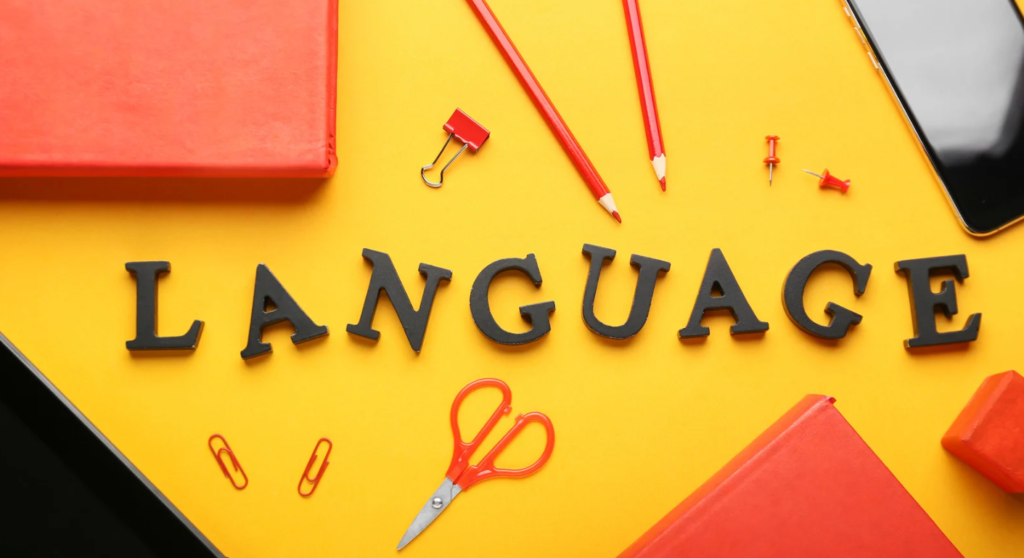
Languages are the living repositories of a community’s history, culture, and worldview. Yet, today, many of these voices are on the brink of vanishing, taking with them irreplaceable knowledge and perspectives. Here, let’s look into the critical state of five languages teetering on the edge of extinction, highlighting the urgency of preservation efforts worldwide.
1. Ainu (Japan)
The Ainu language, indigenous to Japan’s Hokkaido region, faces near extinction, with only a few elderly speakers remaining. Ainu is unique, lacking genetic ties to any other language family, and its potential loss threatens to erase a vital part of Japan’s cultural mosaic. Recent revitalization efforts include educational programs and cultural initiatives aiming to revive and sustain Ainu language and culture among younger generations.
2. Dumi (Nepal)
Nestled in the Himalayan landscapes of Nepal, the Dumi language is spoken by a diminishing number of individuals. As a lesser-known language, Dumi encapsulates unique cultural expressions and local knowledge, particularly about the region’s biodiversity. The language’s decline is attributed to the community’s shift towards Nepali, driven by broader social and economic influences, making its preservation critical for maintaining cultural diversity.
3. Chulym (Russia)
Chulym, also known as Ös, is a Turkic language in Siberia with only a handful of speakers left. The language’s decline mirrors the broader challenges faced by indigenous Siberian cultures, with younger generations increasingly adopting Russian. Preservation efforts are crucial to maintain the linguistic heritage and the cultural practices associated with Chulym, which are intimately tied to the Siberian landscape and its history.
4. Apiaká (Brazil)
The Apiaká language, spoken by the Apiaká people in the Amazon Basin of Brazil, has very few speakers remaining. This language is a critical element of the Apiaká’s cultural identity, containing unique knowledge about the Amazon’s ecology. The language’s endangerment is symptomatic of broader environmental and cultural pressures facing indigenous Amazonian communities, emphasizing the intertwined fate of language, culture, and environment.
5. Patwin (United States)
Patwin, a language of the indigenous people of Northern California, now has fewer than a dozen fluent speakers. The decline of Patwin reflects the broader historical challenges faced by Native American languages and cultures. Efforts to revive Patwin are underway, focusing on language education and the documentation of linguistic and cultural practices, underscoring the critical role of language in preserving historical identity and knowledge.
The plight of these languages underscores a global challenge: as languages fade, so too do the unique cultures, histories, and ecological understandings they embody. Preserving these languages is not just about saving words but also about maintaining the world’s diverse human knowledge and experience.
